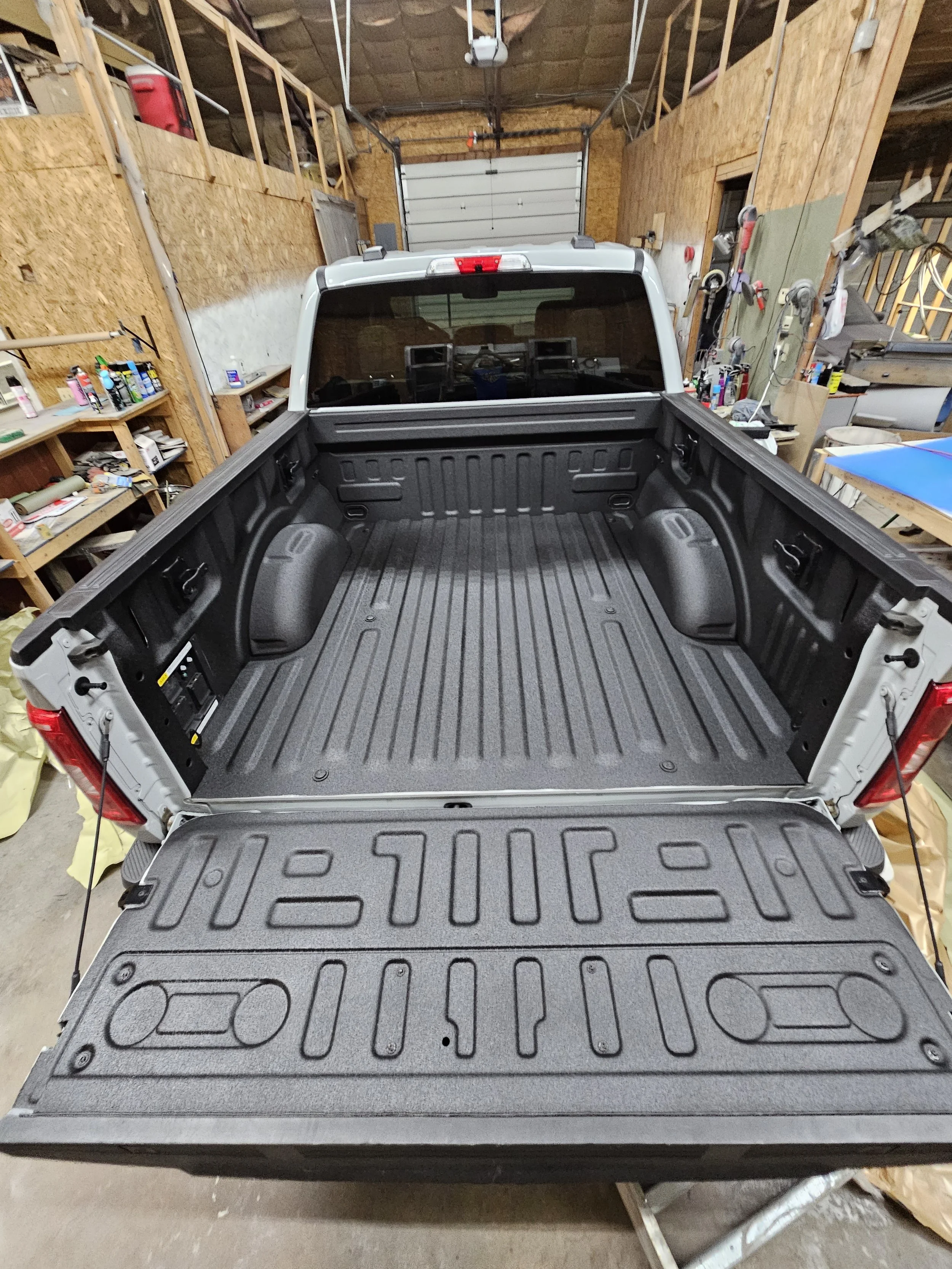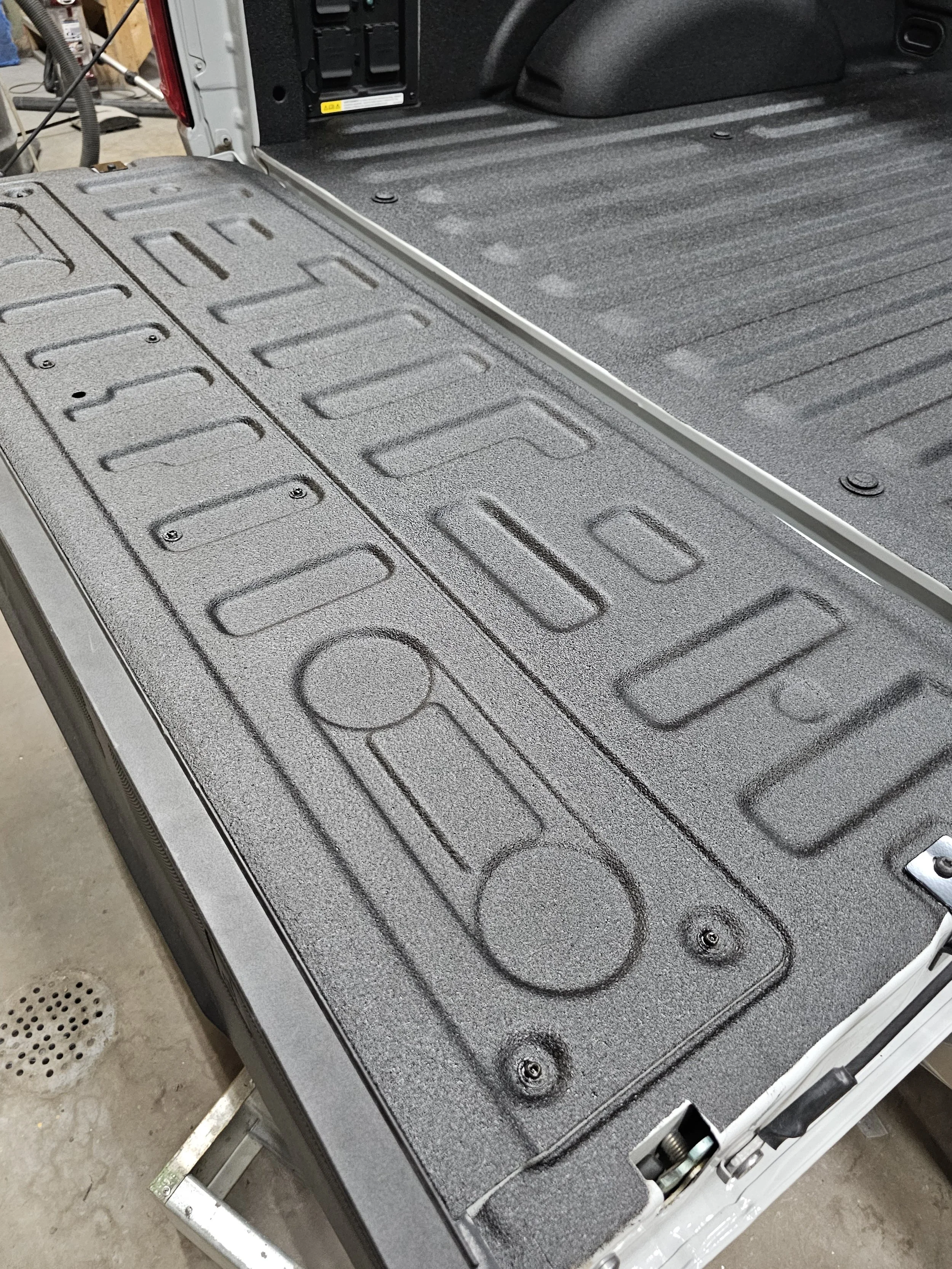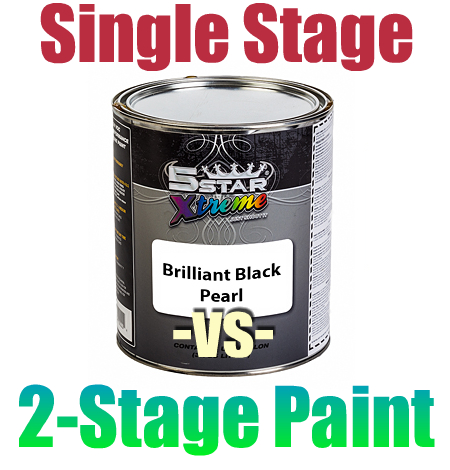Enhance Your New Truck with a Custom Shield Bedliner!
/Shield Bedliner: Where Quality Meets Aesthetics
When Quality Matters, Shield Bedliner Is The ONLY Option!
At Color Boss Custom Auto Body, we take great pride in offering a bedliner application service that goes beyond the ordinary. We use Shield, a premium bedliner product manufactured in the USA by TCI Products Inc. of St. Louis, Missouri This remarkable product is setting new standards in the industry, outperforming competitors like U-POL's "Raptor" in several key aspects.
The Shield Advantage
Deeper, Darker Finish: Shield bedliner provides a stunningly deep, dark pebbly finish that sets it apart from the competition. When you choose Shield, you're choosing a bedliner that matches, or even surpasses, the quality of what any similar manufacturer provides. It's all about ensuring that your truck's bed doesn't just protect, but also impresses.
Enhanced Durability: Our Shield bedliner is designed to withstand the test of time. It offers superior scratch resistance and exhibits 30% less shrinkage over the years when compared to U-POL Raptor bedliner. We understand that your new truck is an investment, and Shield helps protect that investment for the long haul.
Thin Layer, Maximum Protection: Shield bedliner provides maximum protection against the elements while maintaining a remarkably thin layer. Unlike hot-mixed products like LineX and Rhino Liner, Shield offers exceptional durability without adding unnecessary bulk. It's the ideal choice for those who appreciate a sleek, factory-like finish that won’t get in the way of the inner-workings and functionality of your truck bed and tailgate.
The Art of Application
Here at Color Boss Custom Auto Body, we take pride in our work. We're not just technicians; we're car painting artists. Our custom auto painting expertise extends to spray applying Shield bedliner in a way that not only guarantees durability, but also aesthetically beautiful.
You can rest assured that your bedliner will be evenly applied with an absolutely stunning texture that rivals bedliners done at the manufacturing level. We understand that your truck is an extension of your style and personality, and our goal is to help you achieve a bedliner that complements your vision.
A Customized Experience
Your truck is a reflection of you, and we believe that your bedliner should be no different. Our Shield bedliner application service starts at $750, offering an exceptional value for a product that's a cut above the rest.
But that's just the beginning… we offer a range of customization options, including color matching, and can even extend our expertise to your rims, side mirrors, and exterior trim!
Conclusion
When you've invested $75,000 or more in a new truck, you deserve a bedliner that matches that value. Shield bedliner is your answer, combining quality, durability, and aesthetics in a single package. At Color Boss Custom Auto Body, we're here to bring your truck bed dreams to life. Let your imagination run wild, and we'll help turn it into a reality.
Contact us today to discover how you can enhance your new truck with our Shield bedliner application service. It's more than a bedliner; it's a work of art that ensures your truck is the envy of the road!
Carlton Flowers
Color Boss Custom Auto Body
https://www.facebook.com/colorbosscustomautobody



